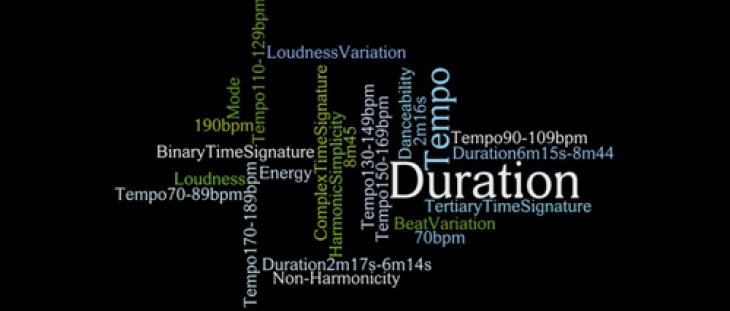
Have you ever wondered why certain songs manage to stay at the top of the charts while other (maybe better?) tunes just can’t seem to get a popular following? Now thanks to a mathematical equation developed by scientists at the University of Bristol, we will be able to predict which songs are likely to become chart-toppers.
The equation, deemed the “hit potential equation,” can predict a top five hit with 60 percent accuracy by analyzing factors such as volume, tempo, timing and harmonic complexity. During experimentation scientists ran songs taken from the last 50 years of the official UK Singles charts to test the formula, which takes into account 23 “weights,” or song elements. Team leader Dr. Tijl De Bie, senior lecturer in artificial intelligence at Bristol University, told the The Press Association: “Musical tastes evolve, which means our ‘hit potential equation’ needs to evolve as well. Indeed, we have found the hit potential of a song depends on the era. This may be due to the varying dominant music style, culture and environment.”
Simply Red’s “If You Don’t Know Me By Now” (#2 in 1989) was one of the hits that the team analyzed. They claim that in the late 1980s, the data suggests that changes in beat, low energy and tertiary time signatures were the basic requirements for scoring a hit. Compare and contrast another notable chart-topper: TLC’s “No Scrubs” (#3 in 1999). According to the research team, it wasn’t the song’s catchy tune that made it such a hit, rather it was the loudness and harmonic simplicity of the song coupled with its late nineties-friendly 93 beats per minute.
In case you happen to have the scientific capability to absorb it, here is the formula for the “hit potential equation:” Mathematically the hit potential (peak UK chart position) of a song is denoted by a variable (y) and a set of audio features (x) of the song are also presented. A pre-trained classifier f(x)=w’x is then used to estimate the hit potential.
In other words, it’s much more complicated than it seems.














